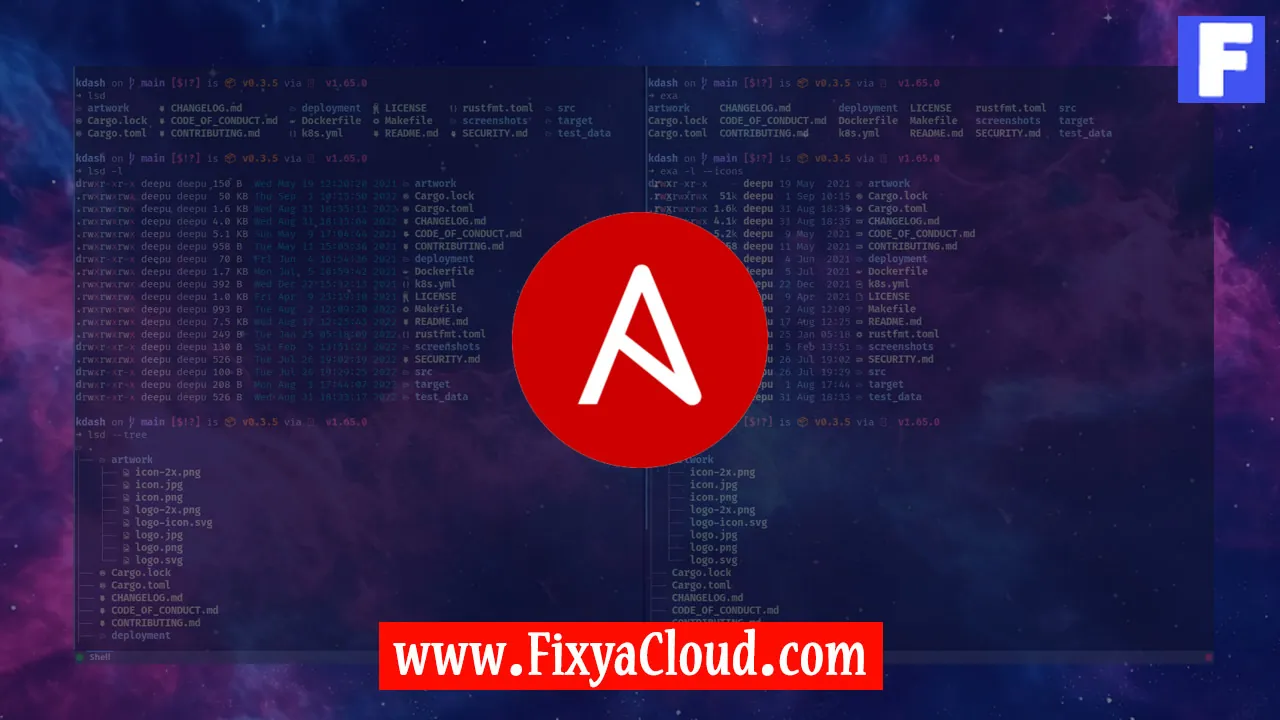Mastering Ansible and Terraform Integration

In the realm of automation and infrastructure as code, the seamless integration of Ansible and Terraform has become a game-changer for DevOps professionals. Both tools bring unique strengths to the table, and when used in harmony, they create a powerful synergy. This article delves into the intricacies of mastering Ansible and Terraform integration, providing step-by-step instructions, practical examples, and essential commands to streamline your workflow.
Why Integrate Ansible and Terraform?
Before we dive into the technical details, it's crucial to understand why integrating Ansible and Terraform is a smart move. Terraform excels at infrastructure provisioning, while Ansible is a master at configuration management. Combining these tools allows for a comprehensive approach to infrastructure automation, ensuring efficient resource provisioning and subsequent configuration.
Getting Started: Installing Ansible and Terraform
Installing Ansible:
sudo apt update
sudo apt install ansible
Installing Terraform:
# Download the latest Terraform binary
wget https://releases.hashicorp.com/terraform/0.15.0/terraform_0.15.0_linux_amd64.zip
# Unzip the downloaded file
unzip terraform_0.15.0_linux_amd64.zip
# Move the Terraform binary to a directory in your PATH
sudo mv terraform /usr/local/bin/
Initializing a Terraform Project
Let's kick things off by setting up a basic Terraform project. Create a new directory for your project and navigate into it.
mkdir terraform-project
cd terraform-project
Initialize Terraform in the project directory:
terraform init
Integrating Ansible with Terraform
Writing a Terraform Configuration File:
Create a file named main.tf to define your Terraform infrastructure. Here's a simple example:
provider "aws" {
region = "us-east-1"
}
resource "aws_instance" "example" {
ami = "ami-0c55b159cbfafe1f0"
instance_type = "t2.micro"
}
# Run 'terraform apply' to provision the infrastructure
Adding Ansible Provisioning:
Extend the main.tf file to include Ansible provisioners:
resource "aws_instance" "example" {
ami = "ami-0c55b159cbfafe1f0"
instance_type = "t2.micro"
provisioner "local-exec" {
command = "ansible-playbook -i '${self.public_ip},' playbook.yml"
}
}
# Create a playbook.yml file with your Ansible configuration
Executing the Integration
Now that your setup is in place, let's run the integration:
- Apply the Terraform configuration:
terraform apply
Confirm and proceed with the changes.
Observe Terraform provisioning the infrastructure.
Once Terraform completes, Ansible will execute the playbook.
Handling Dynamic Inventories
To handle dynamic inventories in Ansible, use the terraform-inventory plugin. Install it using:
pip install python-terraform-inventory
Update your Terraform configuration:
resource "aws_instance" "example" {
ami = "ami-0c55b159cbfafe1f0"
instance_type = "t2.micro"
provisioner "local-exec" {
command = "ansible-playbook -i '${file("inventory.ini")}' playbook.yml"
}
}
Create an inventory.ini file:
[all]
${aws_instance.example.public_ip}
Now, Terraform will dynamically generate the inventory for Ansible.
Advanced Integrations and Use Cases
As you master the basics, explore advanced integrations like handling secrets, managing multiple environments, and leveraging Ansible roles within Terraform. The possibilities are vast, and tailoring the integration to your specific needs will enhance your automation capabilities.
Mastering the integration of Ansible and Terraform is a journey that opens doors to efficient, scalable, and reliable infrastructure automation. By combining the strengths of these two powerful tools, you'll find yourself well-equipped to tackle the challenges of modern DevOps.
Related Searches and Questions asked:
That's it for this topic, Hope this article is useful. Thanks for Visiting us.
